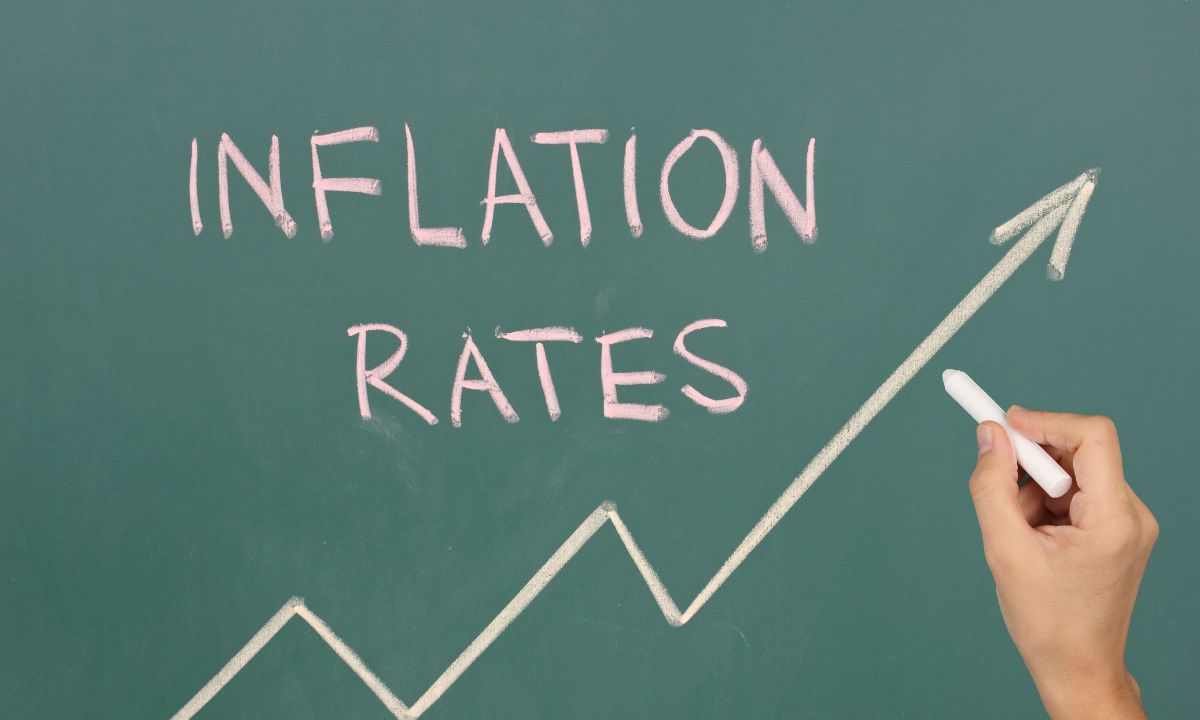Understanding the Difference Between a Co-Borrower and a Co-Signer
 When it comes to securing a mortgage, the terms and roles can often be confusing. One such term you might come across is “co-borrower.” Understanding what a co-borrower is and how they differ from other roles in a mortgage can help you make informed decisions when navigating your home loan process.
When it comes to securing a mortgage, the terms and roles can often be confusing. One such term you might come across is “co-borrower.” Understanding what a co-borrower is and how they differ from other roles in a mortgage can help you make informed decisions when navigating your home loan process.
What is a Co-Borrower?
A co-borrower is an individual who applies for a mortgage loan alongside the primary borrower. This person shares the responsibility of repaying the loan and is equally liable for the debt. Essentially, a co-borrower is a partner in the mortgage process, helping to strengthen the loan application by adding their income, credit history, and assets to the equation.
The Difference Between a Co-Borrower and a Co-Signer
While the terms co-borrower and co-signer might seem similar, they serve different roles in the mortgage process.
Co-Borrower:
- Shared Responsibility: Both the primary borrower and the co-borrower are equally responsible for repaying the loan.
- Ownership Rights: The co-borrower typically has an ownership interest in the property. This means their name will be on the title of the home.
- Credit Benefits and Risks: Both the primary borrower’s and the co-borrower’s credit scores are affected by the mortgage payments. Timely payments can boost both scores, while missed payments can negatively impact both.
Co-Signer:
- Limited Responsibility: A co-signer agrees to repay the loan if the primary borrower defaults but does not have ownership interest in the property.
- No Ownership Rights: Unlike a co-borrower, a co-signer’s name is not on the property title.
- Credit Risk: The co-signer’s credit score is impacted by the primary borrower’s ability to make payments, but they don’t receive any credit benefits for timely payments.
When to Consider a Co-Borrower
In some cases, having a co-borrower can significantly improve your chances of mortgage approval and potentially secure better loan terms. Here are a few scenarios where a co-borrower might be beneficial:
- Boosting Income: If your income alone is not sufficient to qualify for the loan amount needed, a co-borrower’s income can help meet the lender’s requirements.
- Improving Creditworthiness: If your credit score is lower than desired, a co-borrower with a higher credit score can help balance out the risk for the lender.
- Sharing Financial Responsibility: If you and your partner or family member are purchasing a home together, having both names on the mortgage can make sense for shared financial responsibility and ownership.
Understanding the role of a co-borrower and how it differs from a co-signer is crucial when navigating the mortgage process. A co-borrower can provide additional financial strength to your mortgage application, sharing both the responsibility and benefits of homeownership. When considering a co-borrower, ensure that both parties are clear about their obligations and the impact on their credit scores. By understanding these roles and their implications, you’ll be better prepared to make informed decisions about your mortgage journey.

 In today’s economic climate, inflation has become a hot topic, especially for potential homebuyers. Understanding how inflation affects mortgage rates and your homebuying power is crucial. Let’s see how it can impact your journey to homeownership.
In today’s economic climate, inflation has become a hot topic, especially for potential homebuyers. Understanding how inflation affects mortgage rates and your homebuying power is crucial. Let’s see how it can impact your journey to homeownership. Understanding your options when shopping for a mortgage is crucial to making the best financial decisions. One option that is not well known is the Flex Payment Mortgage. But what exactly is it, and how can it benefit you?
Understanding your options when shopping for a mortgage is crucial to making the best financial decisions. One option that is not well known is the Flex Payment Mortgage. But what exactly is it, and how can it benefit you? Filing for Chapter 13 bankruptcy can be a challenging experience, but it doesn’t mean the end of your dreams of homeownership. While the path to securing a mortgage after Chapter 13 might seem daunting, with careful planning and dedication, it’s entirely possible. Here’s how you can prepare yourself for a successful loan application and rebuild your dream home.
Filing for Chapter 13 bankruptcy can be a challenging experience, but it doesn’t mean the end of your dreams of homeownership. While the path to securing a mortgage after Chapter 13 might seem daunting, with careful planning and dedication, it’s entirely possible. Here’s how you can prepare yourself for a successful loan application and rebuild your dream home.